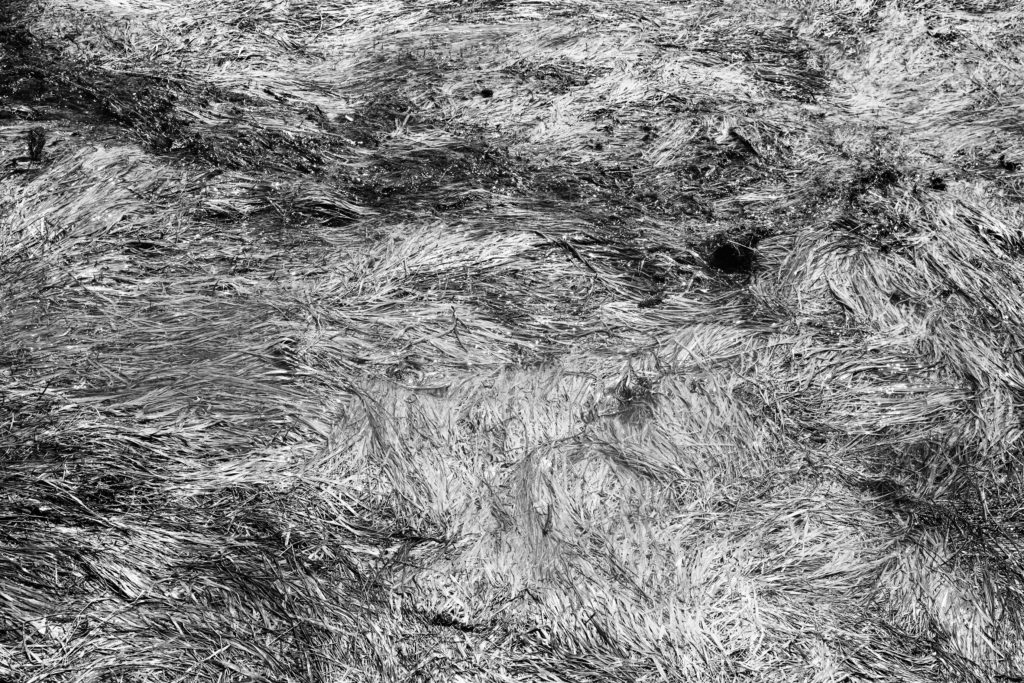T H E S E L F S T U D Y
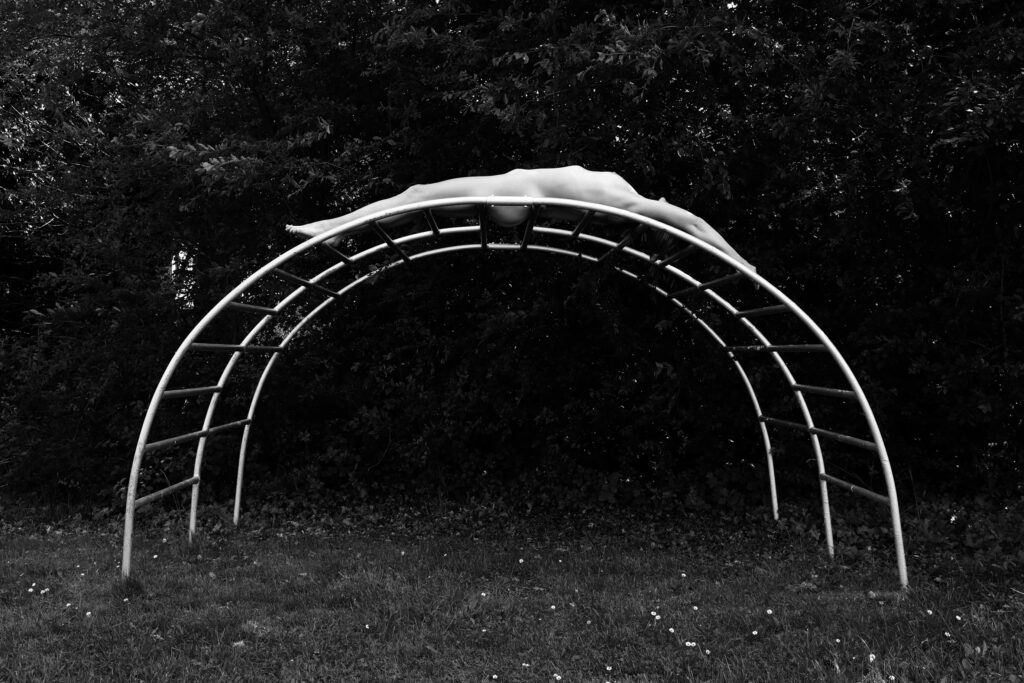
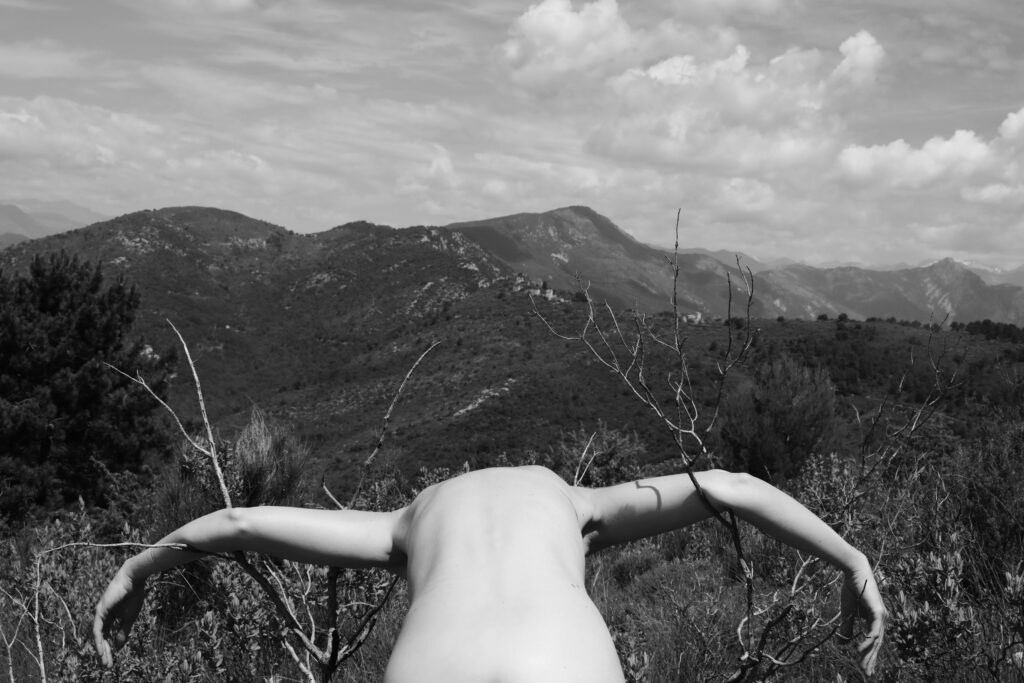
Flying Bird. 2024.
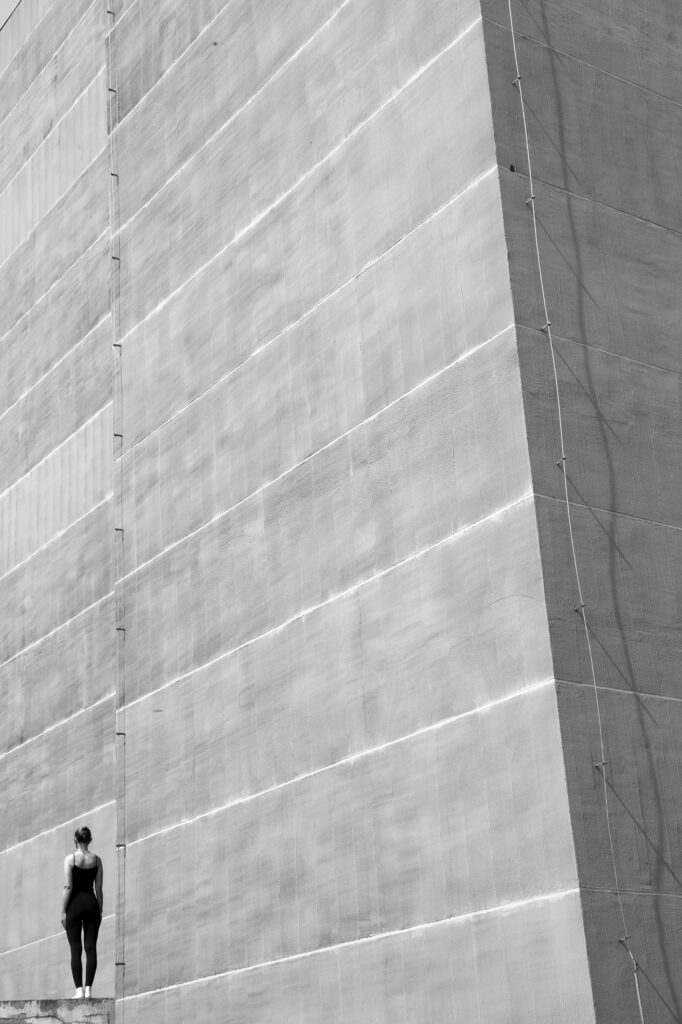
Trajectories and Contour Lines of Running of One´s Human Being Existence 2024. Self-Portrait.
„Where is our life path going and heading in this moment and the moment after? How huge role do our thoughts and mind setting play in the theatre of a common human existence? How do our thoughts, minds, and hearts influence the paths of our subsequent existence? What trajectory and directions can we influence and what can we not? Human being … standing with humility and courage towards all what will come, accepting her role of active creator of her life, but relative, nothing seems absolute in the means of the universe (un)rules and the re(a)lativity of time.“
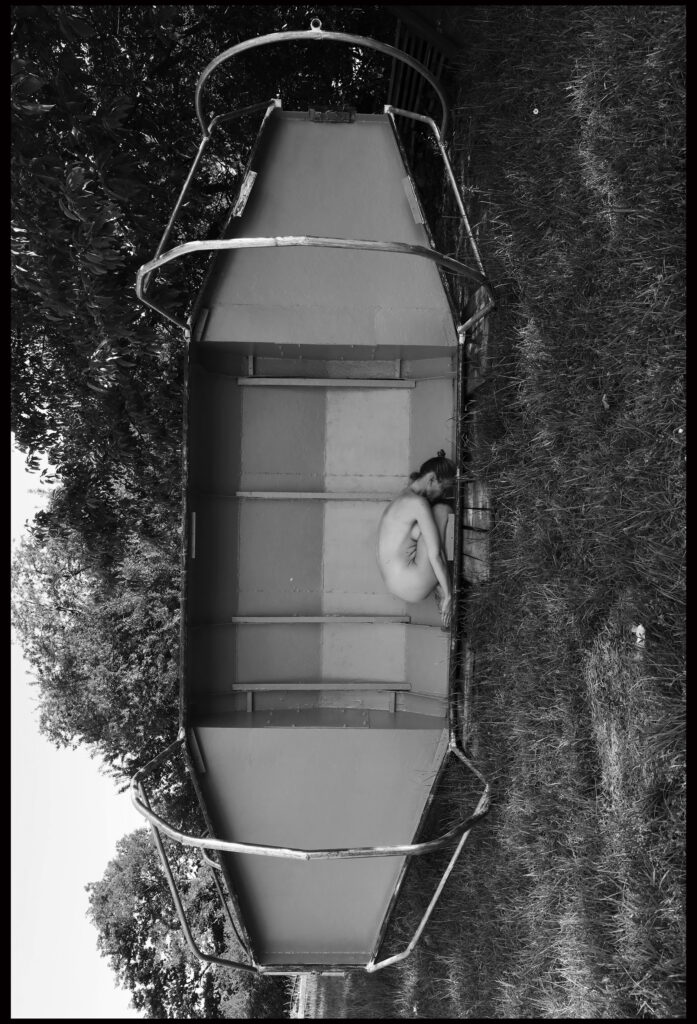
Just a Human Being. Newly Born (Healed). 2024.
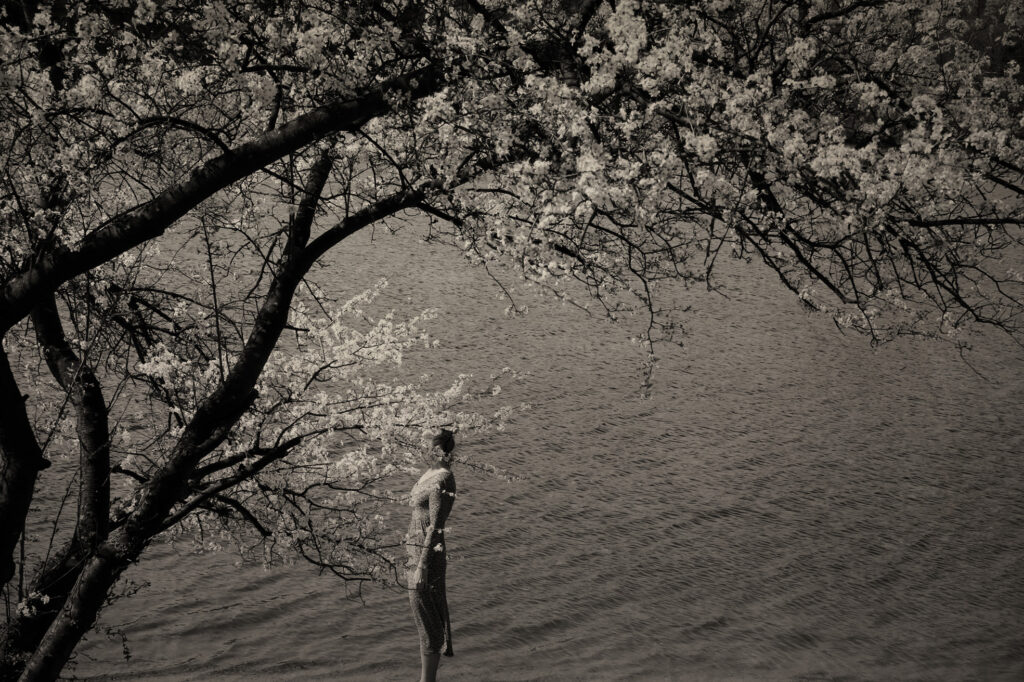
Blooming of Spring Beginnings. (Re)Birth. 2024 Self-Portrait
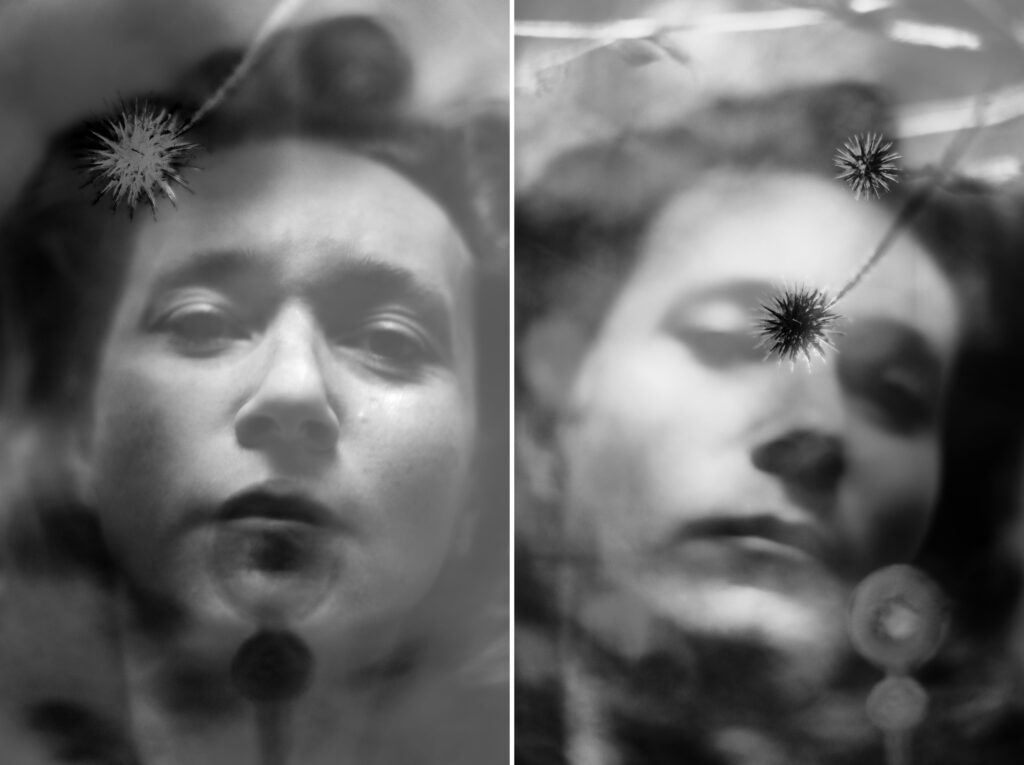
Daydreamer. 2022.
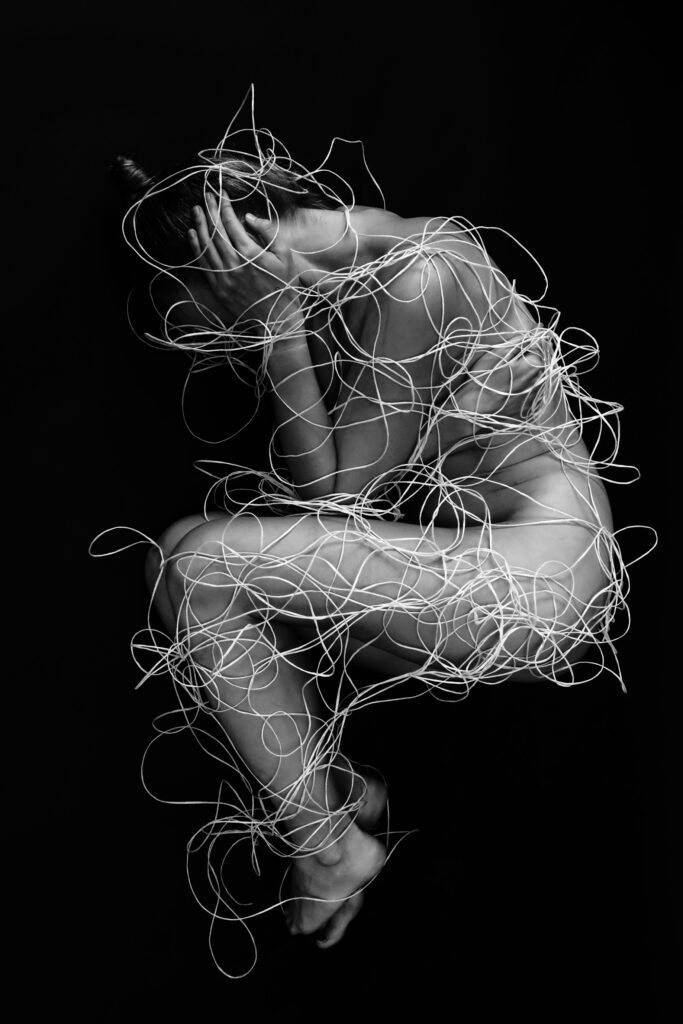
Discourse with The Self 2022. Self-portrait.
„Our the self — our most intimate partner, our most initimate friend, our most intimate critic, guardian of our inner child and of the memories of fetus in the womb, each second of our lives we are in a deep discourse with him. What is the self? An immortal soul that transcends the physical being or complex system operating on molecular, neural, psychological, and social level?“
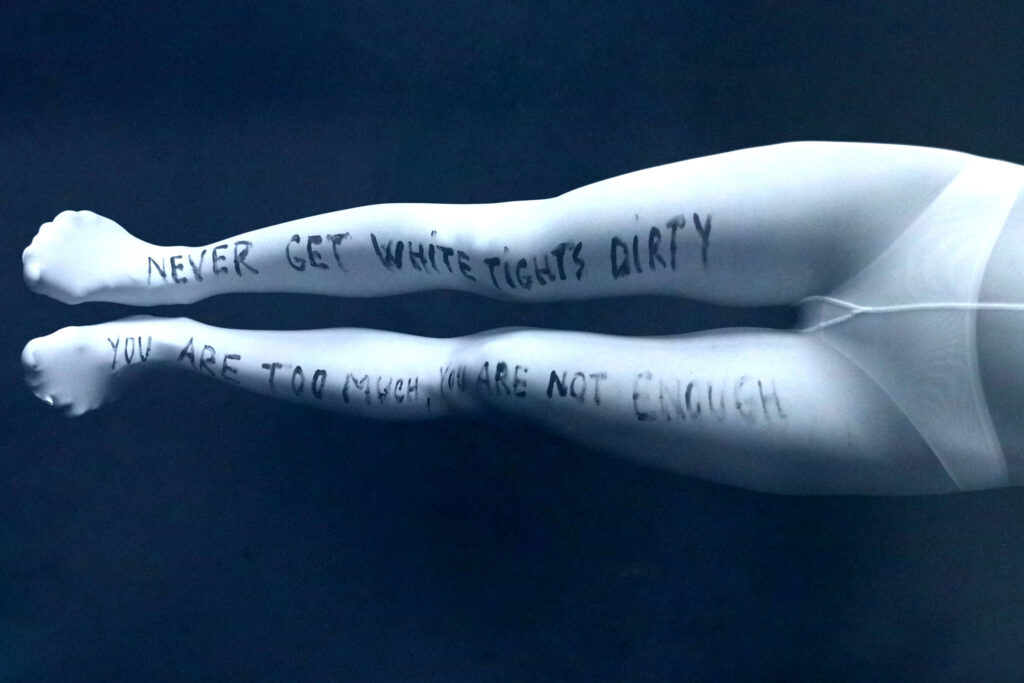
White Tights. In Blue Variant of Hope. 2022.
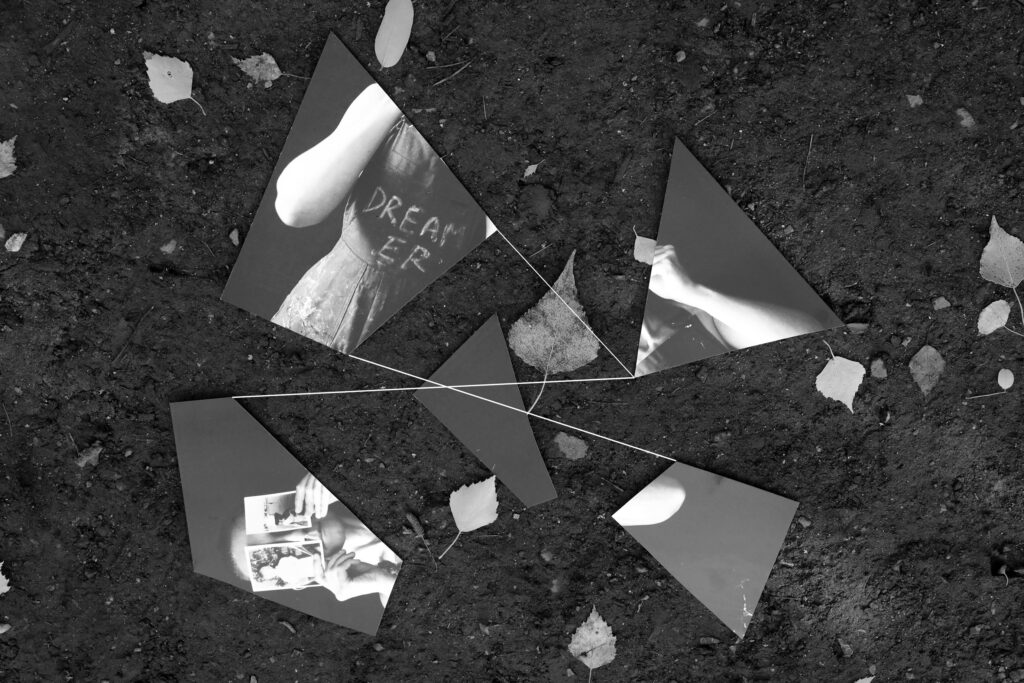
Puzzles. 2022.
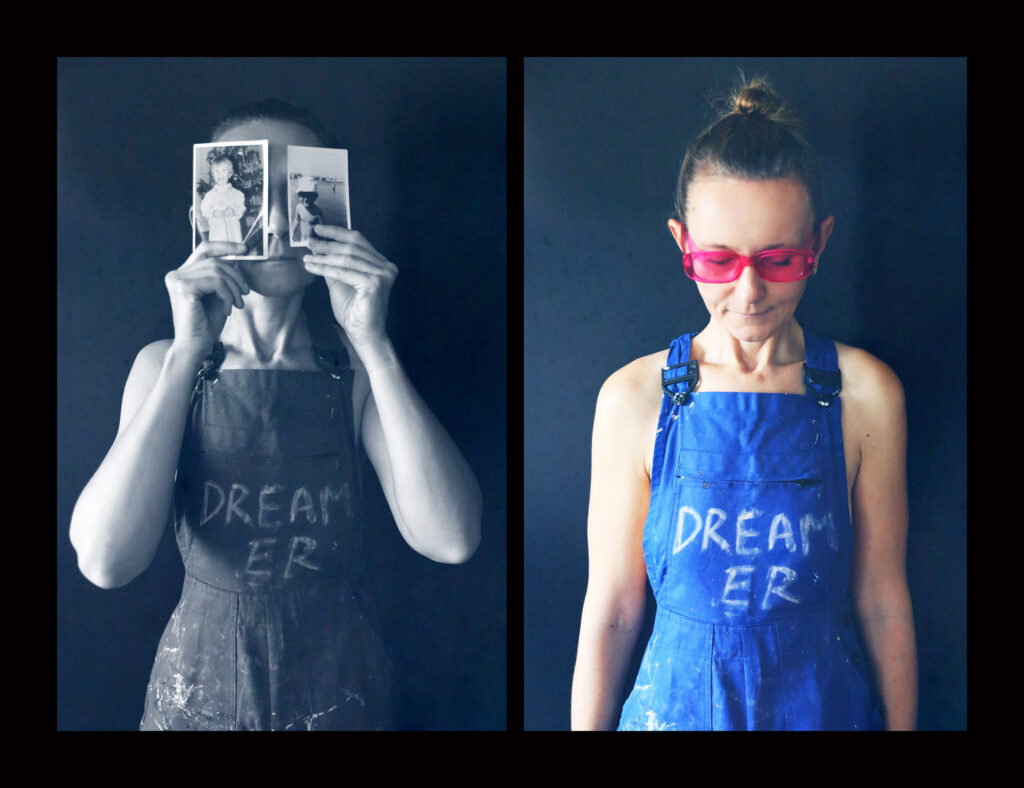
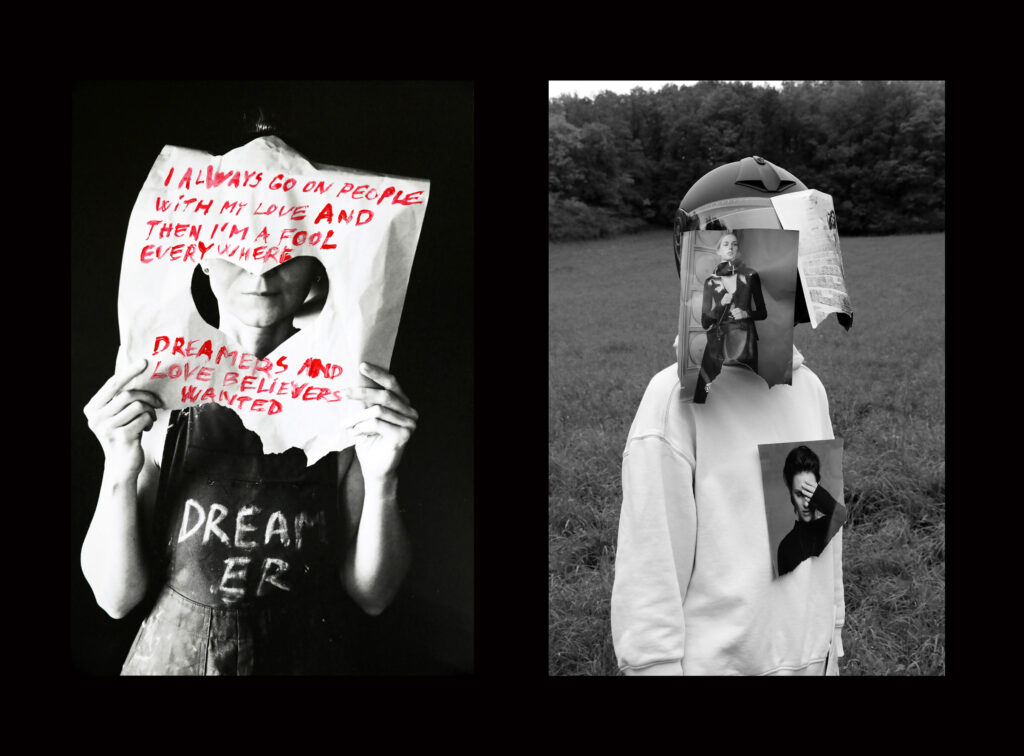
The relationship between the self and other is one of the most exquisite theoretical issues in the social sciences (Ziller 1990 p. 108). The essential question „Who am I?“ hides, in my opinion, the equation of infinity of unknowns interconnected with the combination of random and non-random equations around (in discourse with Bronfenbrenner´s socioecological model, Bronfenbrenner 1986, 1992, 2009) and before-behind (in discourse with Erikson´s stages of psychosocial development, Erikson 1963). I am sure that we all should include our the self into this discourse because we all together create the whole system.
Last seven years I have been searching for these equations via photography and in discourse with psychosocial development of the individual, quantum physics, neurobiological, and sociological aspects, I do continuous visual research and study of the self. Who am I? What all influnces my the self? What all influences my the self´s perception of the reality and the world „I“ perceive that „I“ am living in and vice versa my the self formation via the around and before when we take into account that „I“ is the creator of illusion and the self you have learned to recognize in the mirror is constantly reinforcing all kinds of limitations that do not need to exist (Chopra 2019).With THE SELF STUDY PROJECT I try to open a discourse and search for possible answers on these questions. This research also became a part of an unpublished essay for my study of „Therapeutic Photography“ at Robert Gordon University in Scotland.
Murphy (1947) defined the self as: „The self is the individual as known to the individual“ (Ziller p. 28). In fact, every picture we take is a self-portrait (Weiser 1999), the things we notice, and therefore the things we focus upon, will always reflect our own experiences, inner beliefs and our own understanding of the world around us, otherwise we would not choose to focus on that particular view (Burn 2019). Burn (2019 p. 31) defined self-portrait as: „The self portrait is the representation of oneself by oneself.“
I find self-documentary including self-portraits as a strong method of self-therapy and self-understanding and as an effective way of exploring “the self” and its interrelation with the other (Worth 1964 p. 3, Ziller 1990 p. 34, Spence 1986, Burn 2019), enabling “to capture feelings and reveals values, attitudes and concerns that lie beyond the conscious control of the maker” (Worth 1964 in Ziller p. 34). Following the work of Spence (1986) who used a non-naturalistic method that they termed ‘photo-theatre’, putting herself in a picture, and shifted the field of photography, self-documentary and self-portrait in concrete, in the therapy and self-therapy level, I have started with my own the self-documentary in 2015 when I was fighting with social phobia after my maternity leave and I was dealing with the trauma after my thirteen-year-old niece committed suicide (Maternal Exile Series, 2015-2020 with overlaps, Personal Diary, Self-Documentary, series and text available: http://ivana.dostal.eu.com/fwp_portfolio/maternal_exiles/).
„One day after my life turned upside down I stayed on the crossroad deeply knowing that I am no more the person I had been. I had no more been the scientist. I had no more been the woman who found the love of her life. I had no more been myself. I was not able to speak, I was not able to do anything. With the exception of photography … So I took the camera and started to document every step of my daily life. From that day the camera has started to be my hand, my eye, my possibility to talk, my friend, my hope, my belief …“
Part of my own text for Maternal Exile Series
„Photography is an intrinsic way of processing difficult life events. I can´t understand the world if I don´t make work about it.”
Photographer Marie Smith for British Journal of Photography
This self-documentary has been not only a kind of self-therapy and the way of dealing with trauma, but also my reflection of today´s society and “instant Instagram happiness” where “as if one had no choice but to be happy, cheerful and successful” and the pressure for not only physical, but also for mental perfection leads to individual´s hiding of any mental issues for fear of stigma. “You almost feel that there is no place for real life in the flood of happy pictures.” My own citation
“Cultural ideals of physical appearance, displayed through photographs and evolving over time, often unconsciously influence the mind´s (idealized) images of self.“ (Sontag 1973 p. 85) One participant in the study of Madden and Breny (2015), which explored the influence of microsystem (family) and exosystem – macrosystem (media – culture) (Bronfenbrenner 1986, 1992, 2009) on body image concerns of adolescent girls, wrote to her photography of fashion magazine cover: “Media drugs my mind.” The results of this study clearly showed how “around” influences our perception of our personal value and the perception of the self.
The Self Is Influenced By So Many "White Balls" Around, In The Present, From The Past. And These "White Balls" Are Family, Peers, School, Society, Media, Culture, Politics, Changes In Time ... (Bronfenbrenner´s Socioecological Model, Bronfenbrenner 1986, 1992, 2009). Each Of Us Can Describe Our Personal "White Balls". With Some "White Balls" You Are Connected Right Here And Now, With Some Of Them Not, But You Can Feel Their Presence Still. The Connections Are Under Fluent Change And Development, Permanently Influencing The Equation The Self Versus "Other".
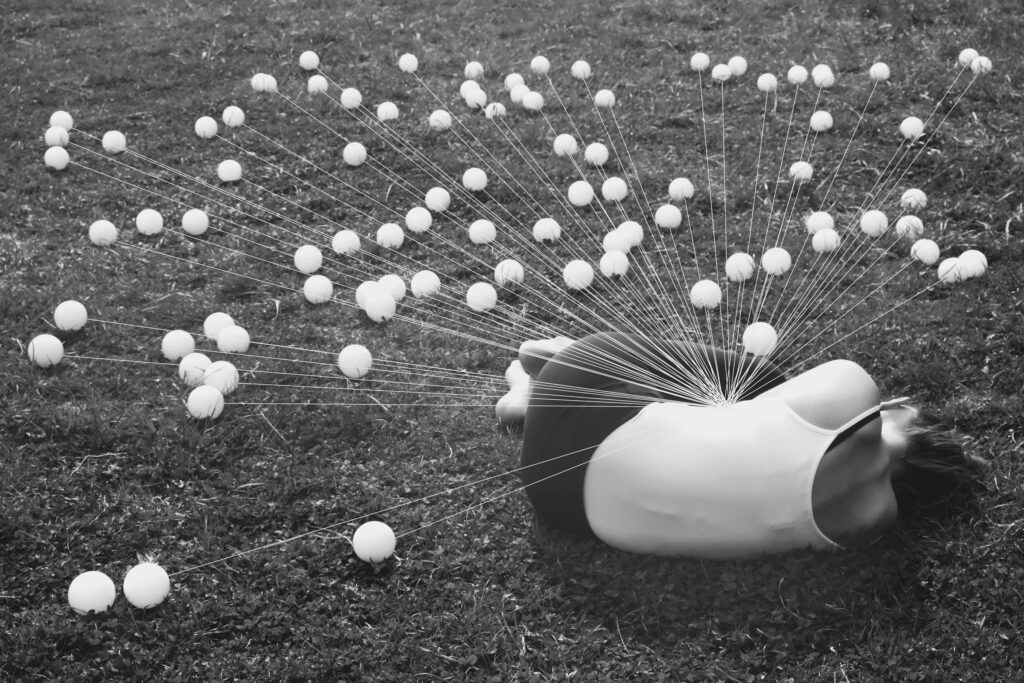
SEARCHING FOR THE BROKEN THE SELF PROJECT
LOOKING FOR PERSONAL IDENTITY AND „WHO AM I“ IN 10 PARTS
CLICK ON THE PICTURE TO GO THROUGH
Project „Searching For The Broken The Self“ is returning back to the earlier stages of personal development (Psychosocial Theory Erikson´s Model stages 1-5, Erikson 1963) and explores how the incomplete-incorrect-pathological course of these stages influences our further life and searching for „the self“ and identity. This project further continues in my own „the self study“ which began with the project Maternal Exile (2015-2020, Personal Diary, Self-Documentary). Project „Searching For The Broken The Self“ describes how I have started to look/search for myself and identity after I recognized how my pathological childhood and prenatal period have influenced my whole life, including the absence of finding identity and „who I am“ during adolescence (Erikson´s stage 5 of psychosocial development). I also confront in the project the term „badly born children“ and open the task whether even „badly born“ child has a chance to live happily ever after. For this Project, I returned once again to my hometown to take pictures of melting ice on water dam with its structure which represents something broken in the past, but with the structure of the past growing in the personality into the present. The Project will be a part of the unpublished essay for my study of „Therapeutic Photography“ postgradual program at Robert Gordon University in Scotland.
More from the Project here:
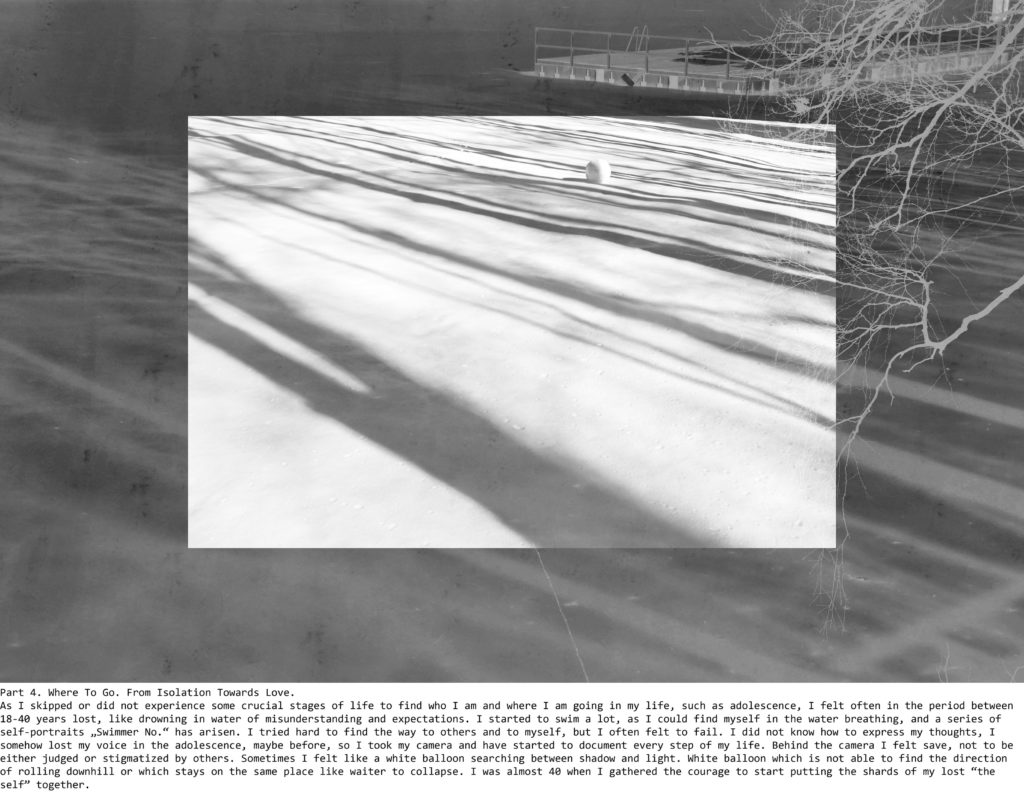
The Self Study | X-Ray Of The Self | 2021. In the times when the humankind is balancing between "perfect Instagram beauty" which is a kind of virtual reality and the times when we get the knowledge that our personal reality is totally mind-made (Chopra 2019) the appearance of physical body is questionable, rather the X-ray of the consciousness become to foreground.
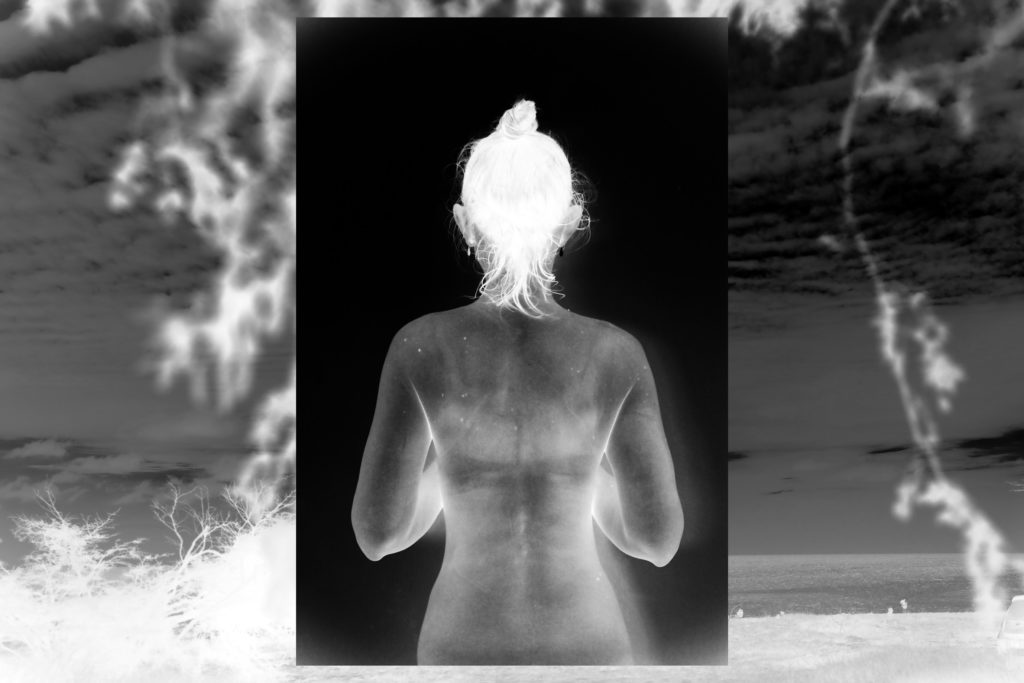
"No matter how many white balls form the individual the self and the whole world — the existence, the consciousness, the strongest law and the driving energy of everything is — LOVE. The whole universe and existence is built on the power of love. And maybe love is also the cause and at the same time the result of all the equations of infinity unknown that form the self."
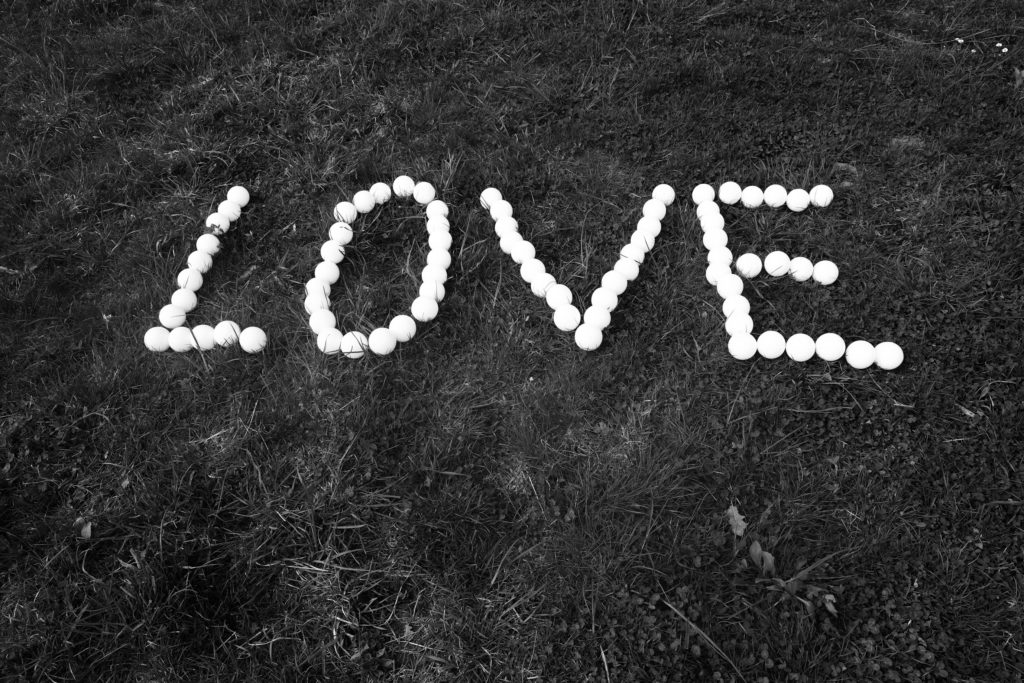
The Self As The Puppet In Universe Who Is Controlled By Less And More Familiar And By Unknown Circumstances | 2022 | What we really know about the universe which we all are a part of? When you look in the mirror, is the reflection of your face and body real or is it only an illusion? Is it possible that your the self is an immortal fluid illusion whose existence is not limited to the line birth — death? This photograph likens a human to a puppet whose existence in universe is randomly and less randomly controlled by less and more familiar and by unknown circumstances. Maybe the self is like a bird floating among particles. Far closer to the truth is the view that we are conscious agents whose potential for creativity and change is unlimited. But I think that the whole discourse has been open.
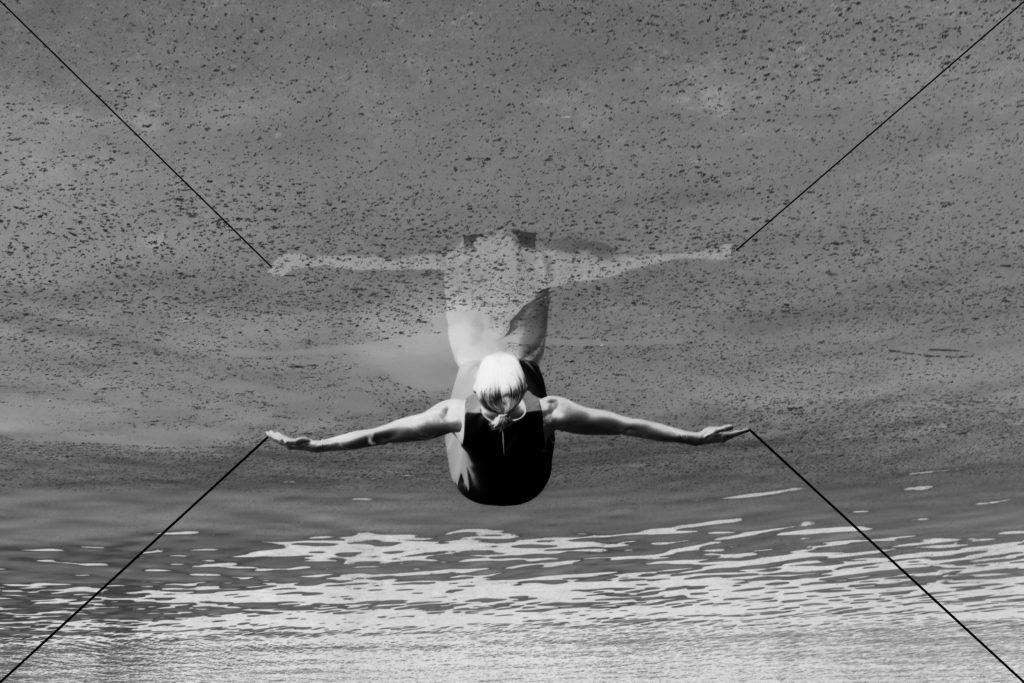
"How I was wandering through the Czech mountains and nature to keep my the self in a peaceful and calm discourse with today´s society and also to search for my the self in relation to other "around" and "before", others, and the ghosts of unconscious un-memories, I met the skin of a snake which how it was lying on the ground in the shape of a smile remained me how the universe is dumbly-quietly-patiently-whisperingly-loudly trying to be friendly to mankind, giving new and new chances to "undress the skin" every new moment of the existence. It reminded me that the universe and nature act always with peace, generosity and humility. That´s the natural beauty of living — your the self is given infinite number of chances to born again and again."
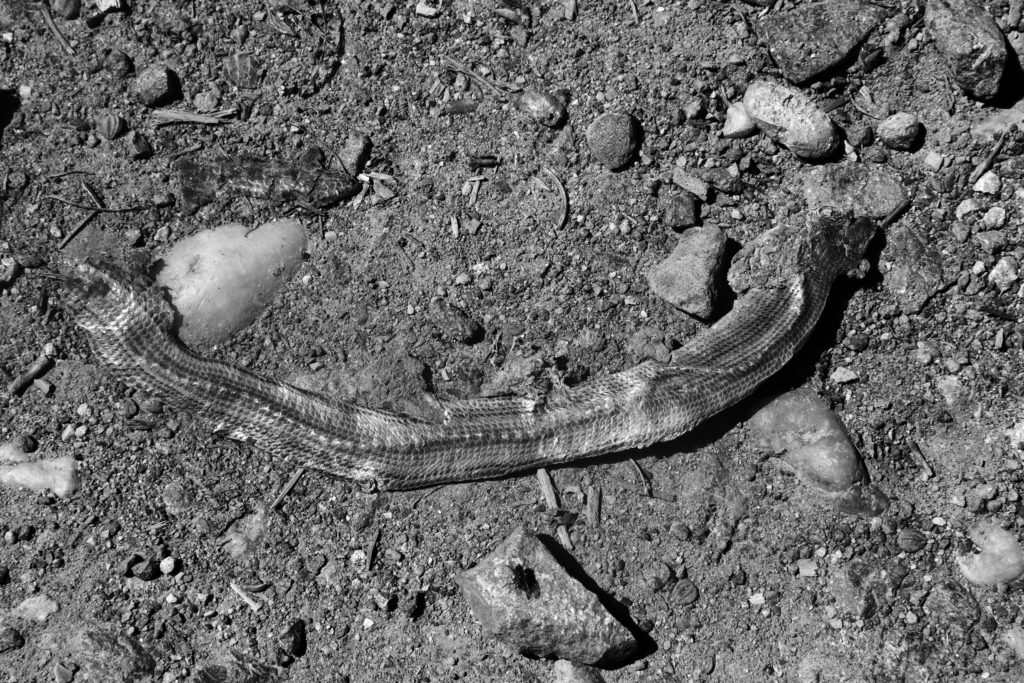
THE SELF AS A PART OF THE UNIVERSE
THE SELF AND THE UNDEFINED „OTHER“ — WE ARE ALL ENERGY BEINGS
„When Searching For „The Self“, Quantum Physics Laws Have To Be Included In The Research — We Are All Energy Beings Whose Energy Is To Some Extent Shared. Everything Is Energy, Including Words, Vibrations Of Thoughts And Emotions, Still Moving And Creating New Energetic Journeys And Creating Energy Landscapes.“
"Swimmers" | Self-Portrait Series | Self Study | Swimmer No. 10 Straight Line on an Inclined Surface
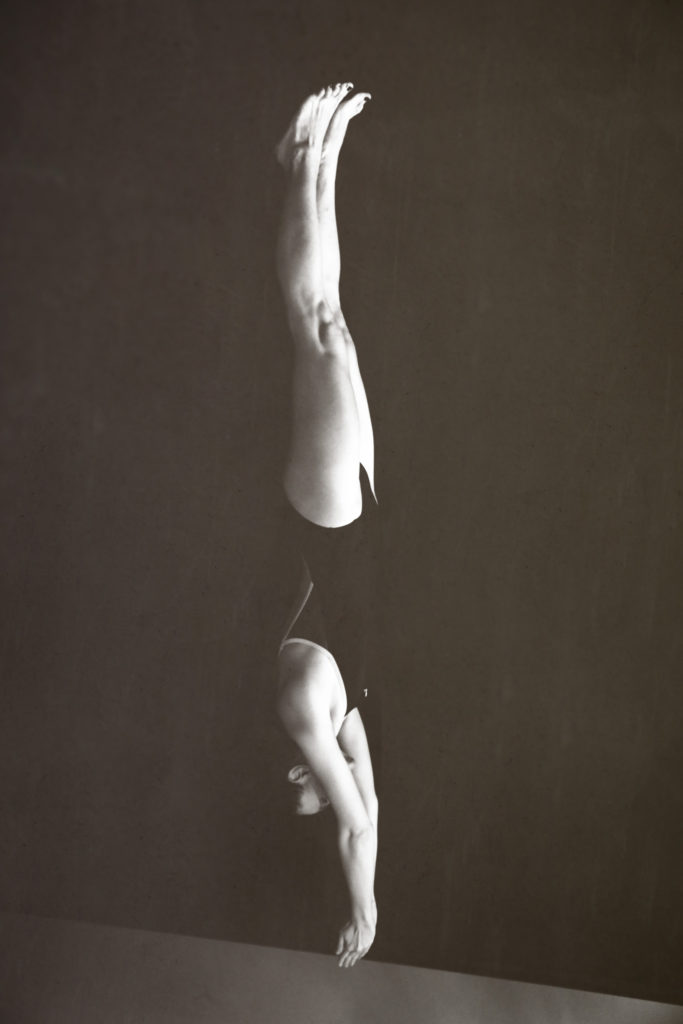
“I find some kind of peace and meditation in water calm, water brings me unconditional acceptance and safety, the place where I can breathe freely. I think that these self-portraits are a kind of leak of myself from all the other which influences my “the self” – from the past, the present, the society.”
"Like If Those Grapes Of Humanity And Random As Well As Non-Random Aspects Of All "Around" The Self Would Bring The Fireplace Of Life Alife. I Try To Touch The Society And The Self WIth My Camera, Sometimes I Feel As An Invisible Visitor Who Tries To Touch "White Balls" With Love. The Frame Of My Seeing Is Changing As A Chronosystem."
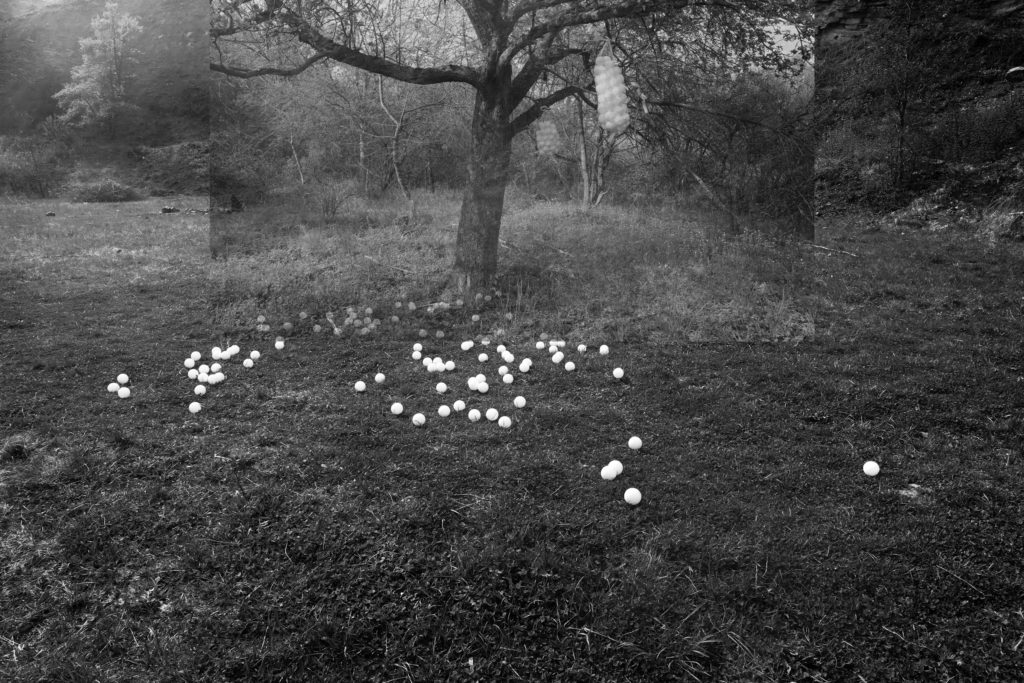
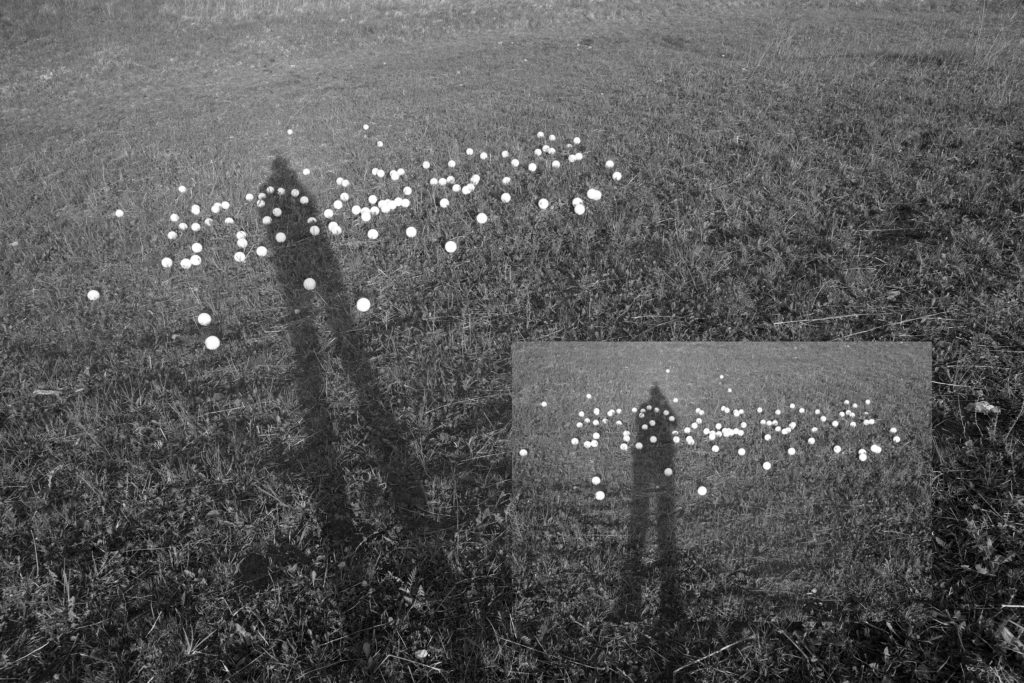
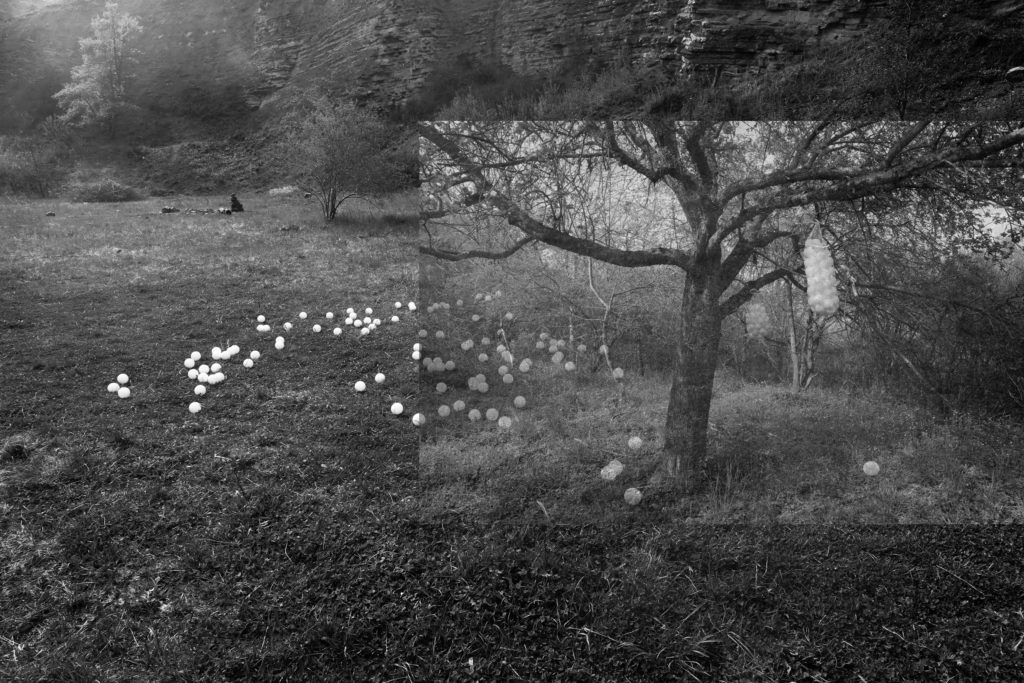
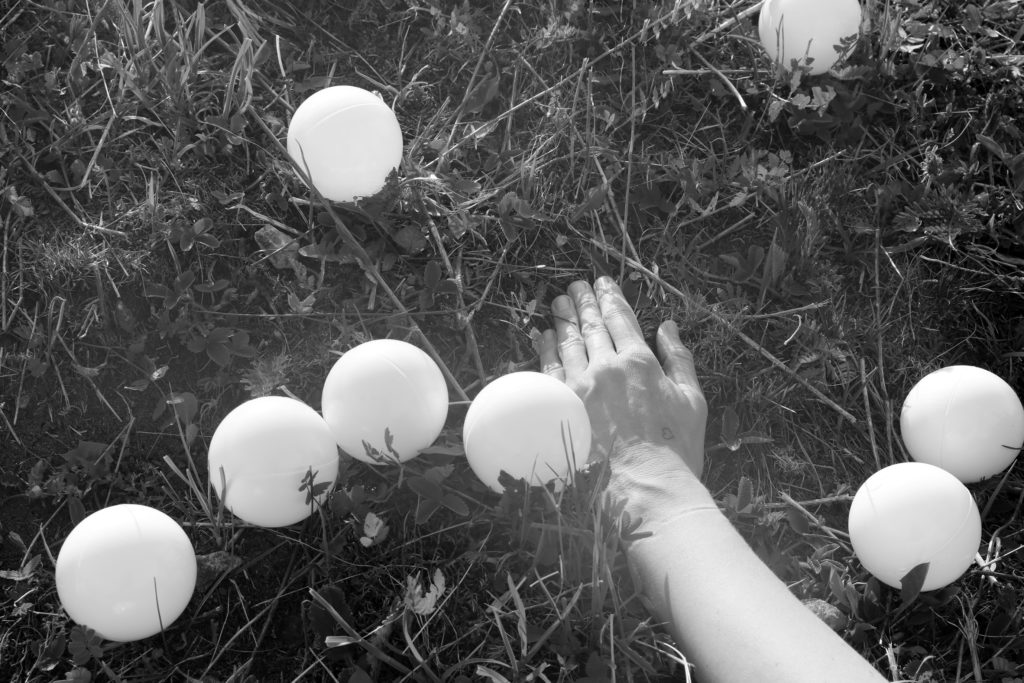
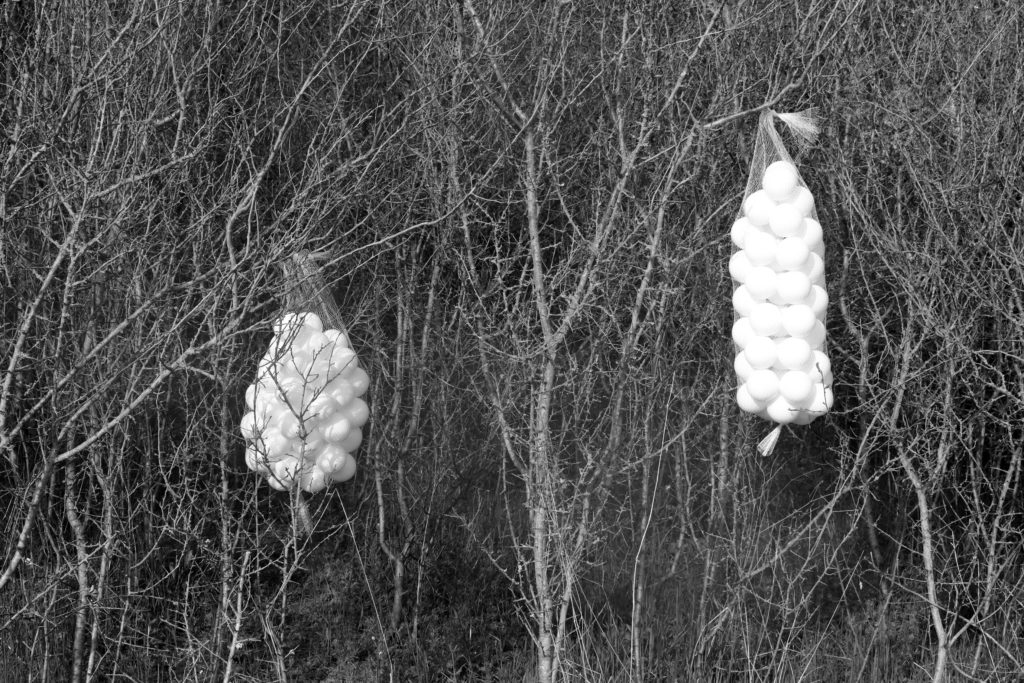
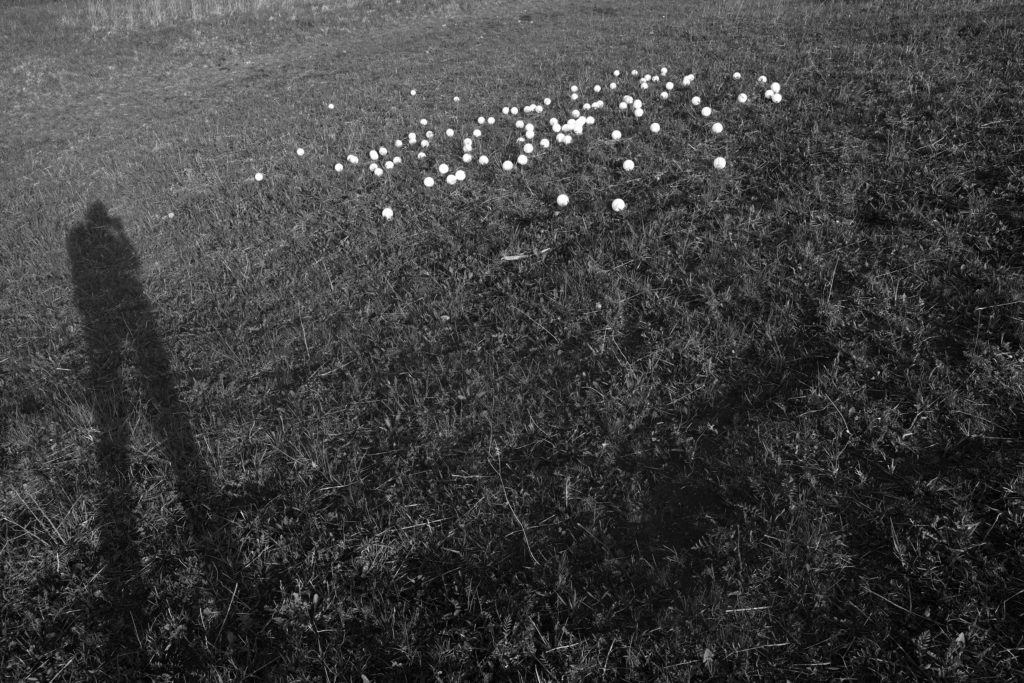
"My The Self As A Swimmer Whose Blooming Dreamy Mind Is Fragile Sometimes, Trying To Swim In The Society, Searching For Attachments Where The Bonding Was Not Set Up Properly In The Earlier Stages Of Personal Psychosocial Development."
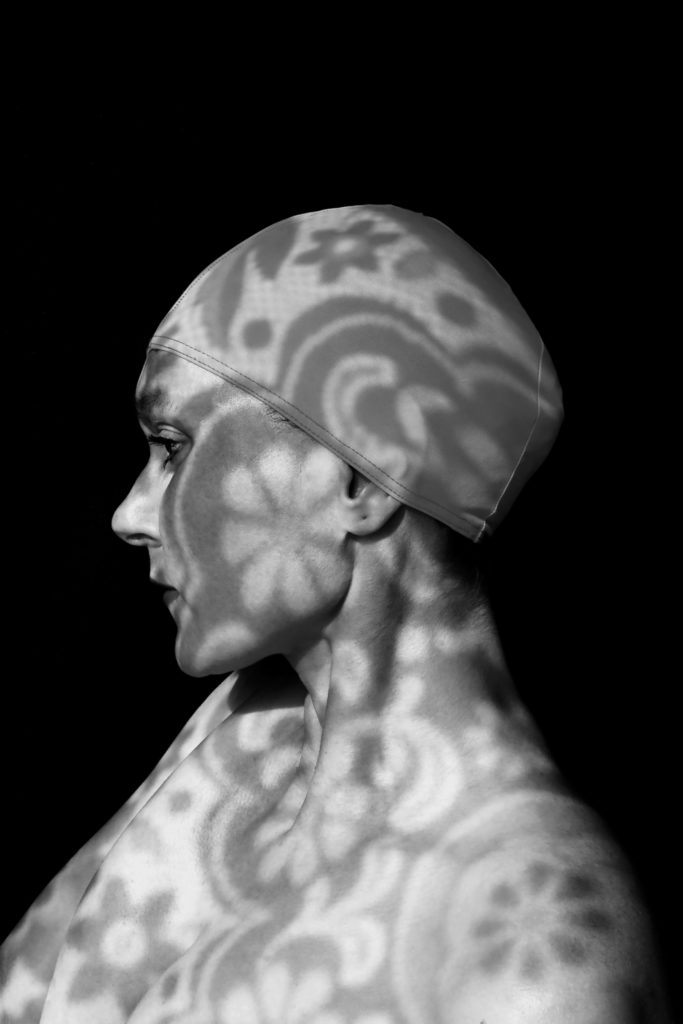
"Frame Of Seeing Discourse." "Each of us unconsciously selects his "frame of seeing" of the world around from many possibilites. What all influences the individual selection of "the frame of seing" and vice versa how the present "frame of seeing" influences individual "the self"? And how important in this process is the "quality of starting platform", in other words how the course of initial stages of personal psychosocial development (Erikson 1963) influences the unconscious selection of "the frame of seeing" in the present?
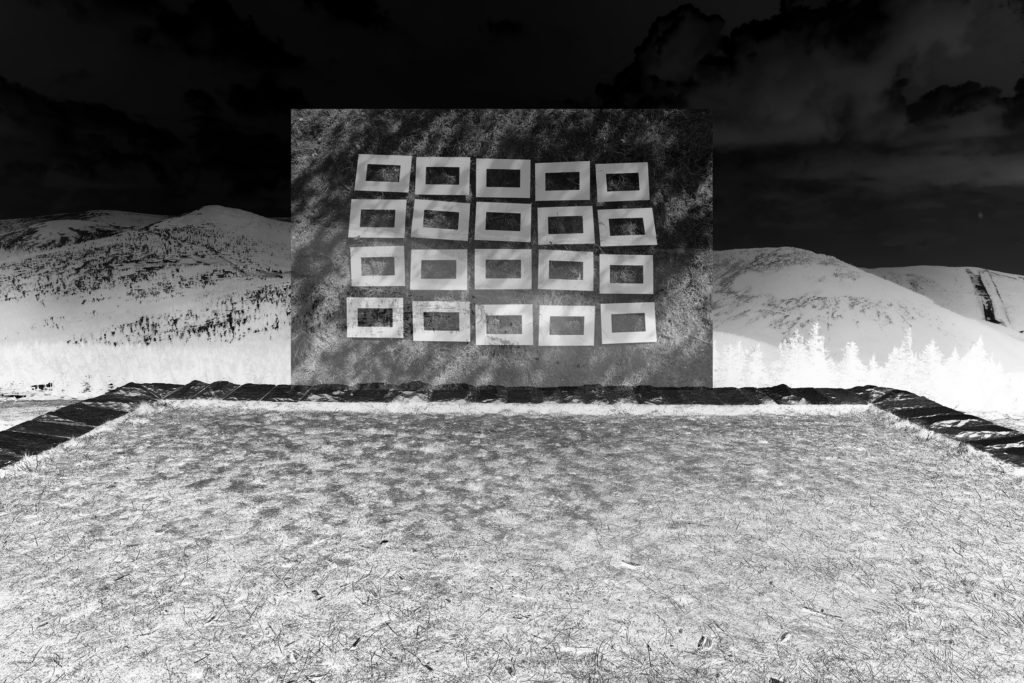
"I was wandering through Krkonoše Mountains searching for my "frame of seeing" in discourse with my the self, the society, the others I am surrounded by in the present, the ghosts of unconscious un-memories."
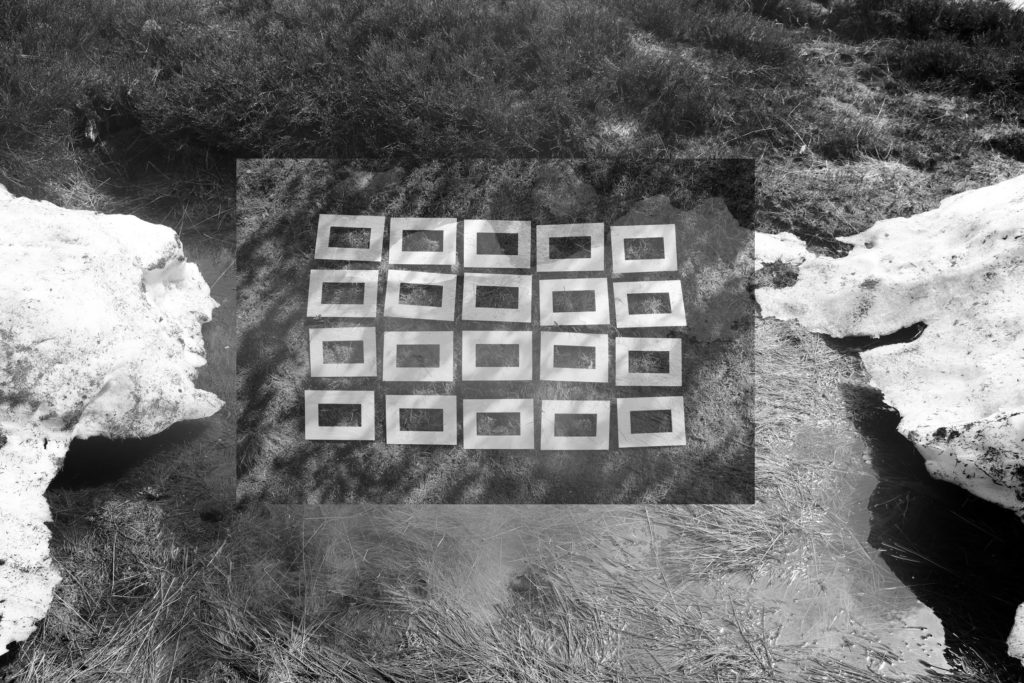
"Like rolling stones in the river of life, all the individual´s experiences, "before", "around" influence the present the self whose perception of the reality is never absolutely the same during time, the self is a flowing element, like water."
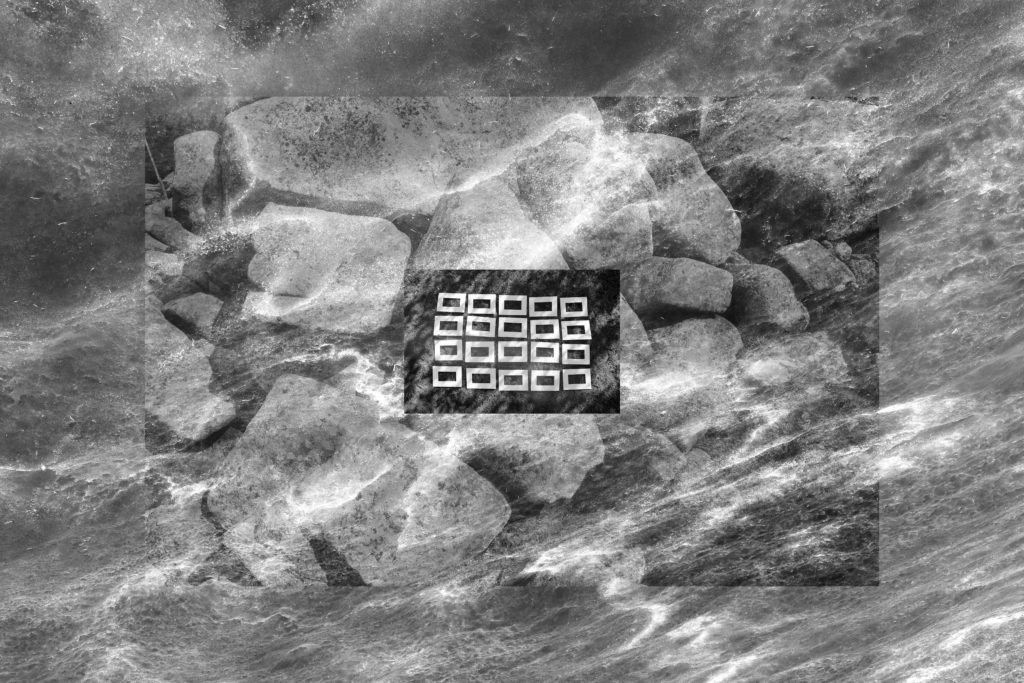
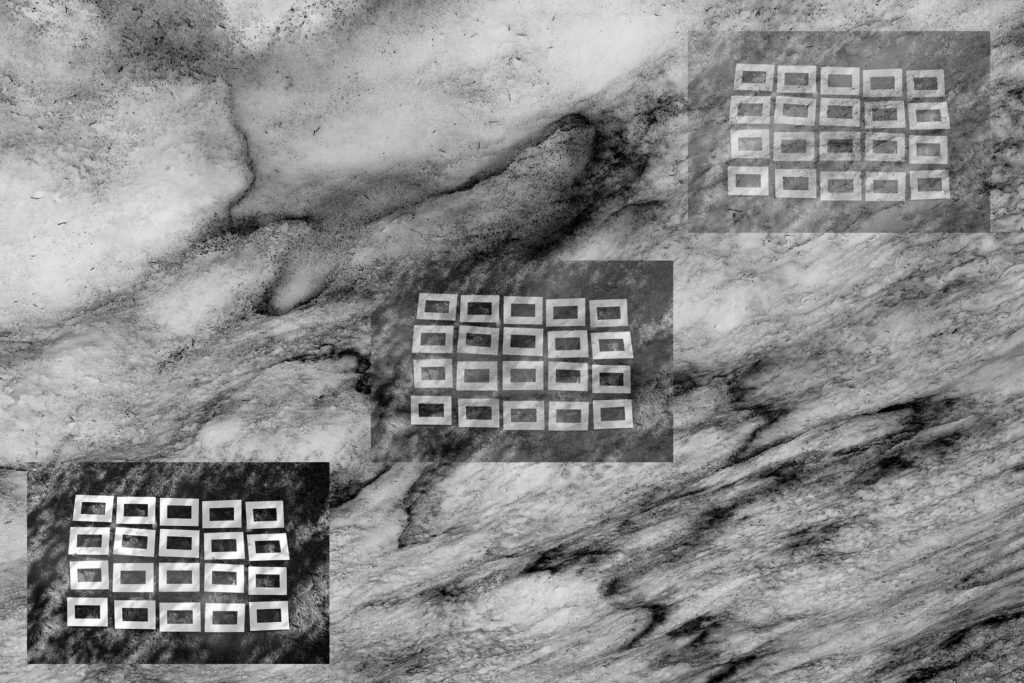
"The consciousness provides an infinite number of possible vision frames."
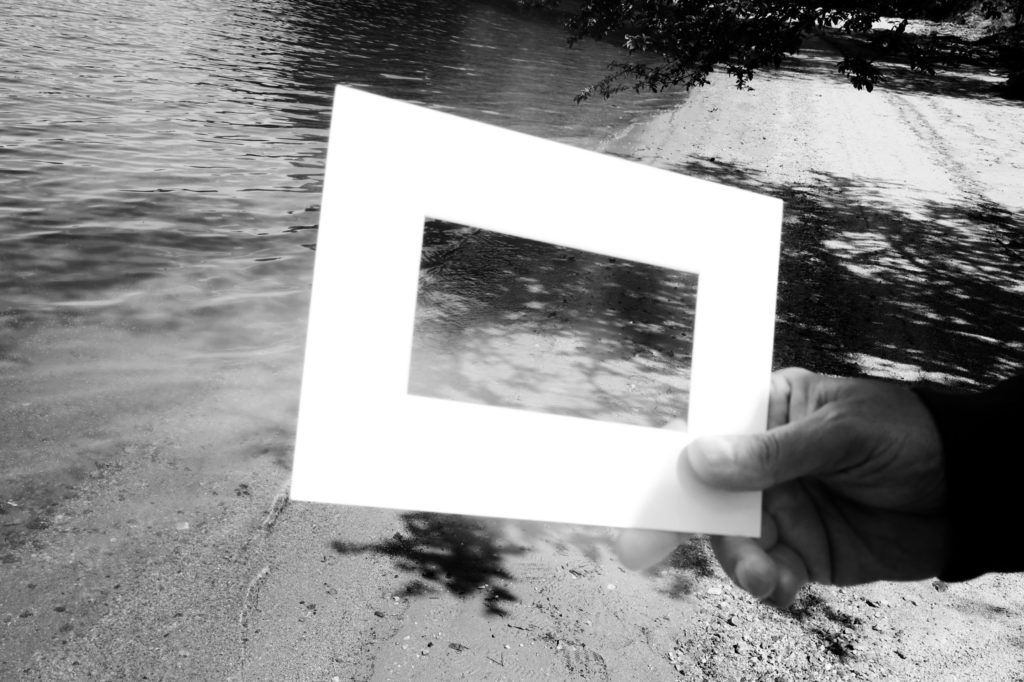
Narrowing Path To Knowledge | 2022
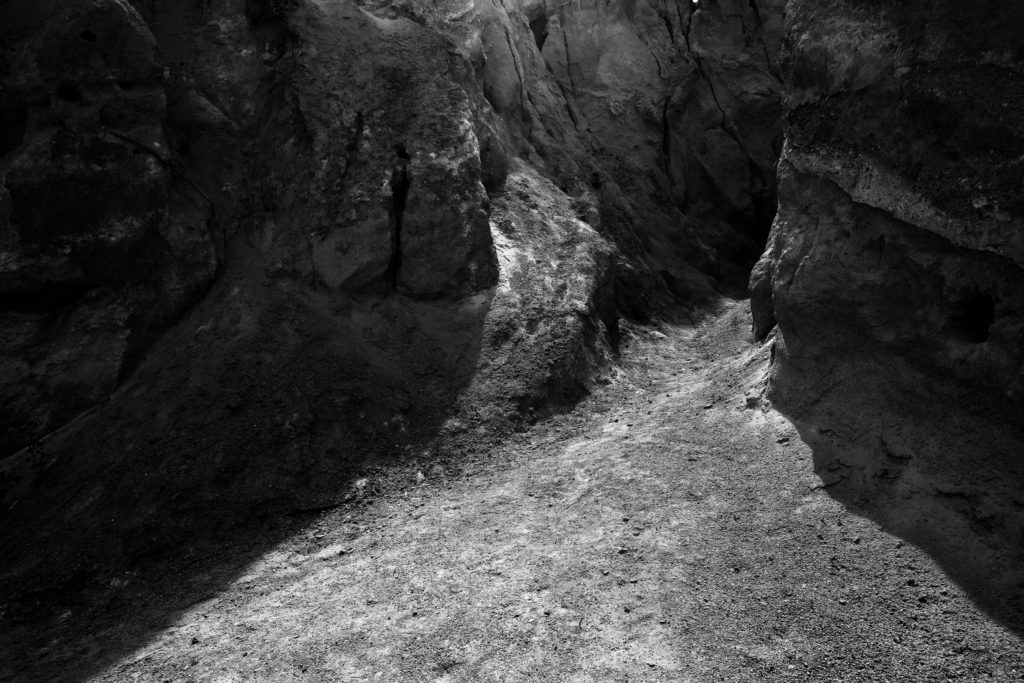
Map of Human Destinies And Paths | 2022
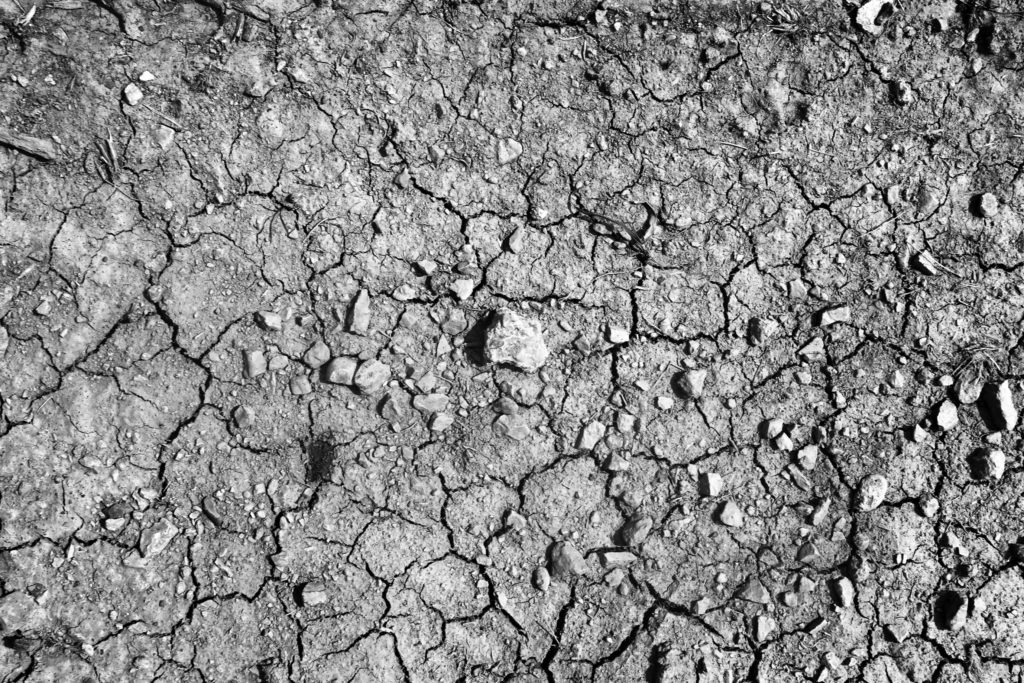
Grounded Footprints | 2019

„I see the connection with and perception of nature as one of the most natural paths to search for the self. I think that all we need to know about ourselves is naturally written here — the more you wander, the more you search, the more knowledge about your the self you will be naturally given. Nature gives us visual answers on many from discourse. We all are imprinted in her.„
The Self Parts | 2022
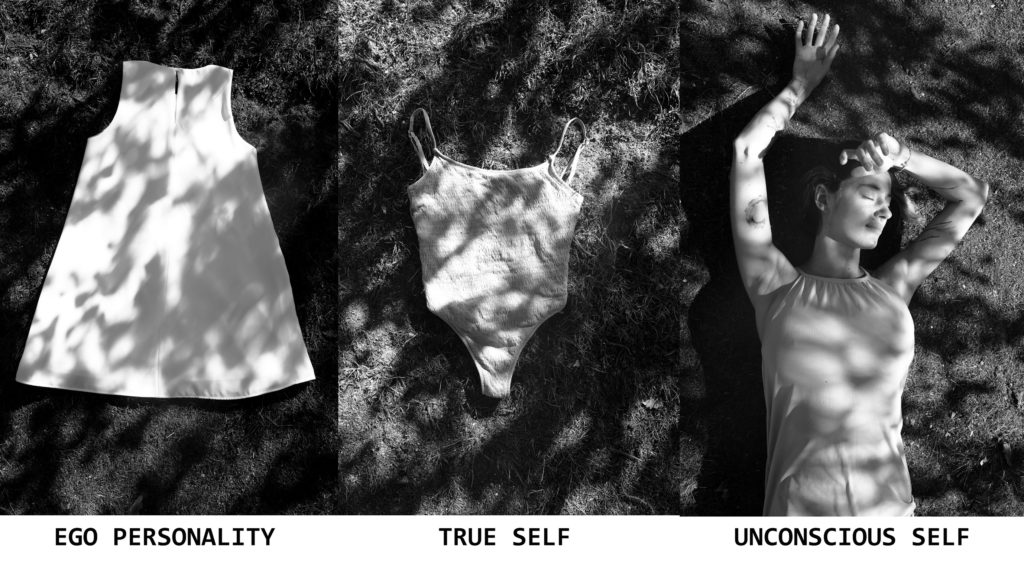
"The more I study the self from different perspectives and different angles, the more I see that "I do not know anything". One day on my journey toward the self, I was staying and looking on water flowing from the mountains, originating from the melting snow, from the period between the end of winter and beginning of new life, how it was drawing the original painting with the grass, this view was changing every second, and I felt that the universe and nature are forming us every second of the time which is also relative. And my the self which hides the beats of scientific thinking and continuous research smiled at the black hole."
